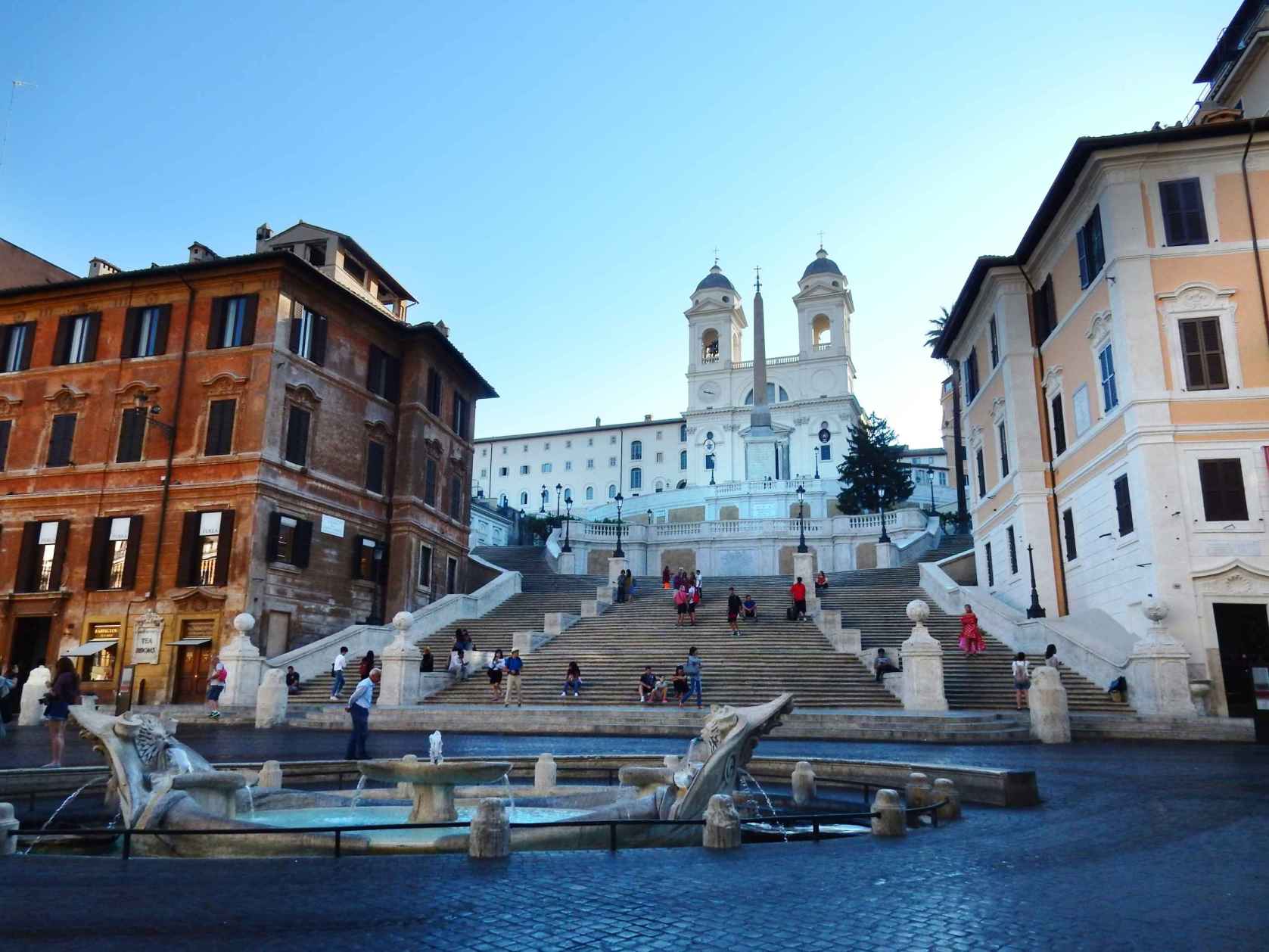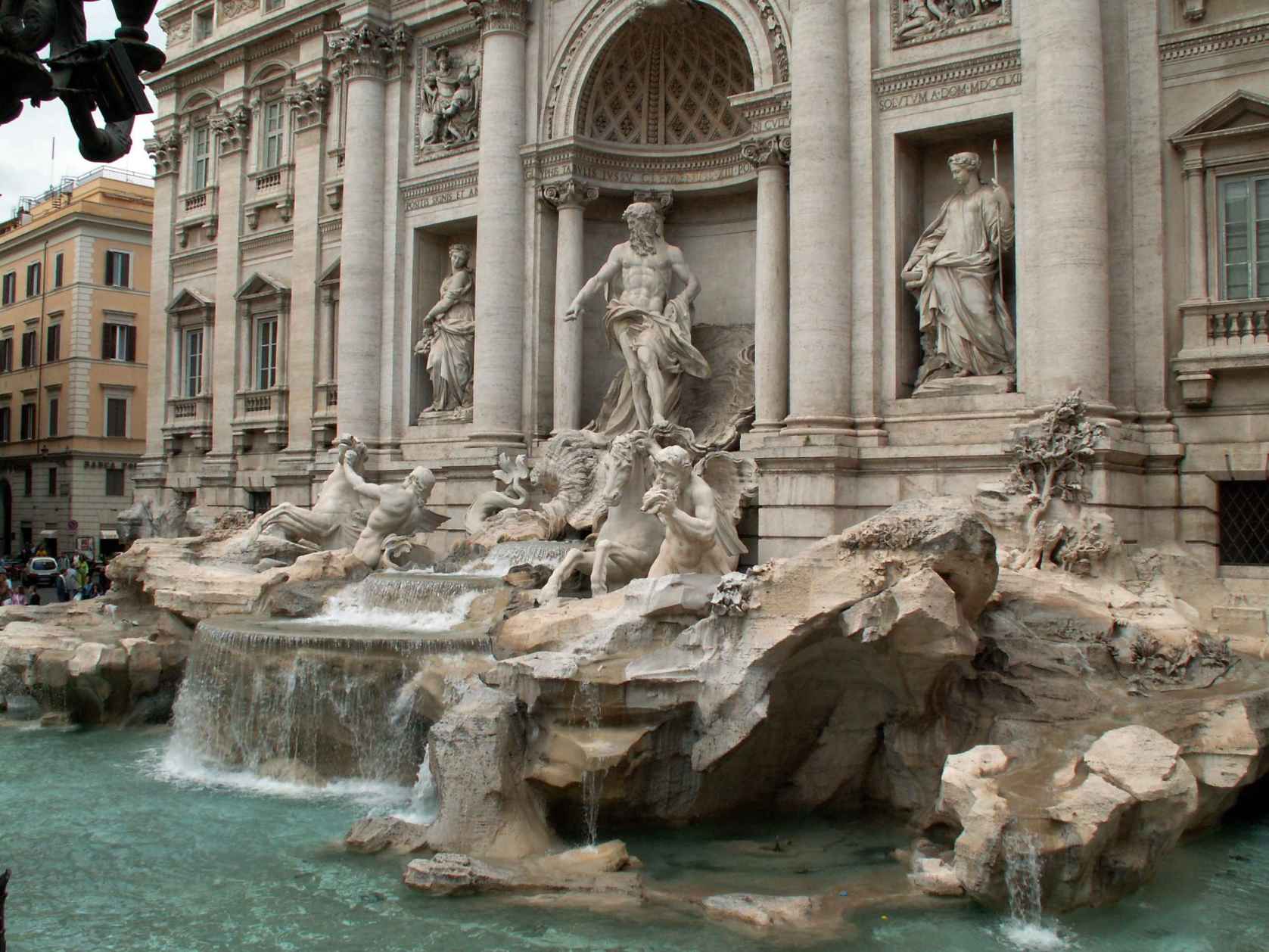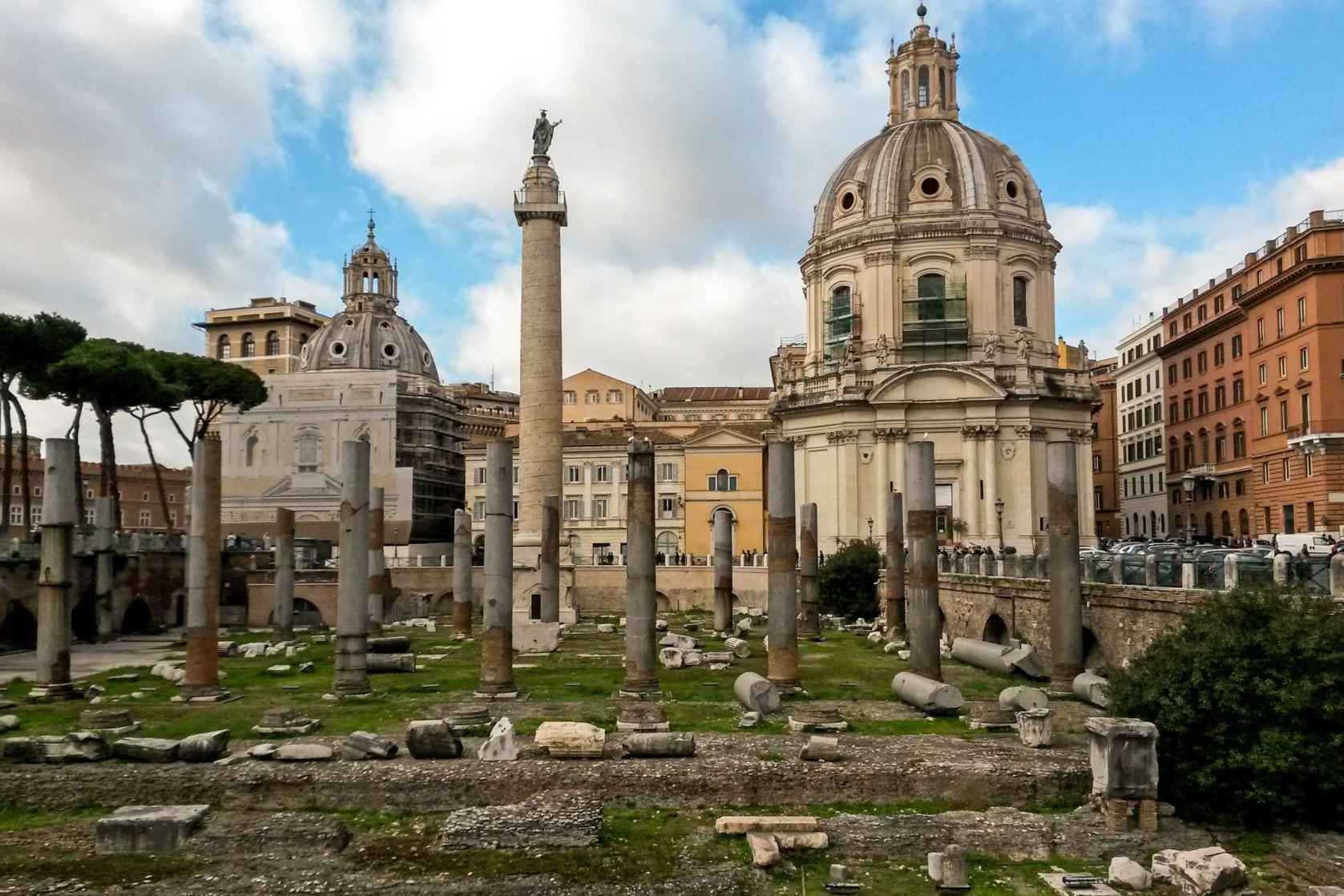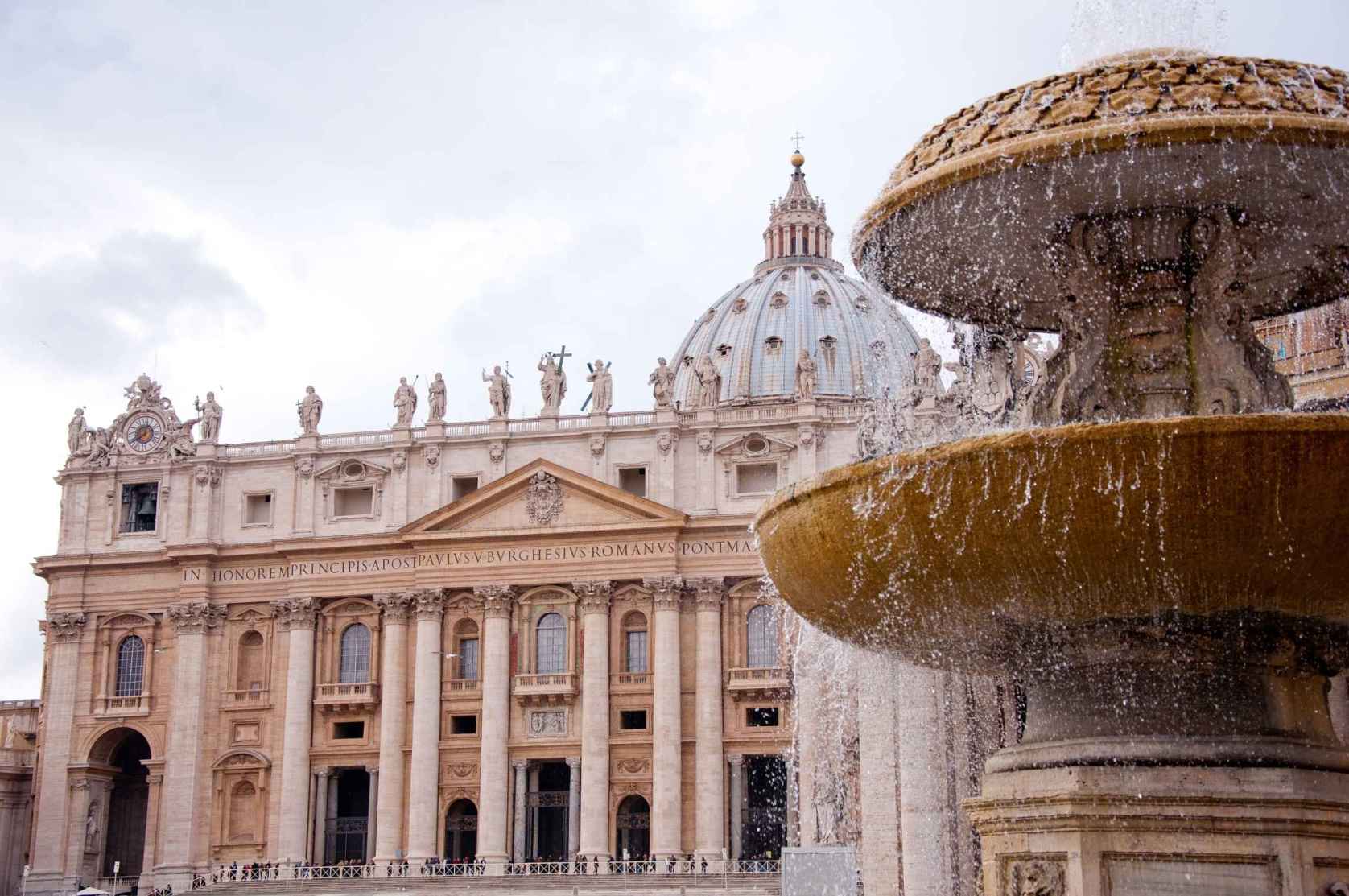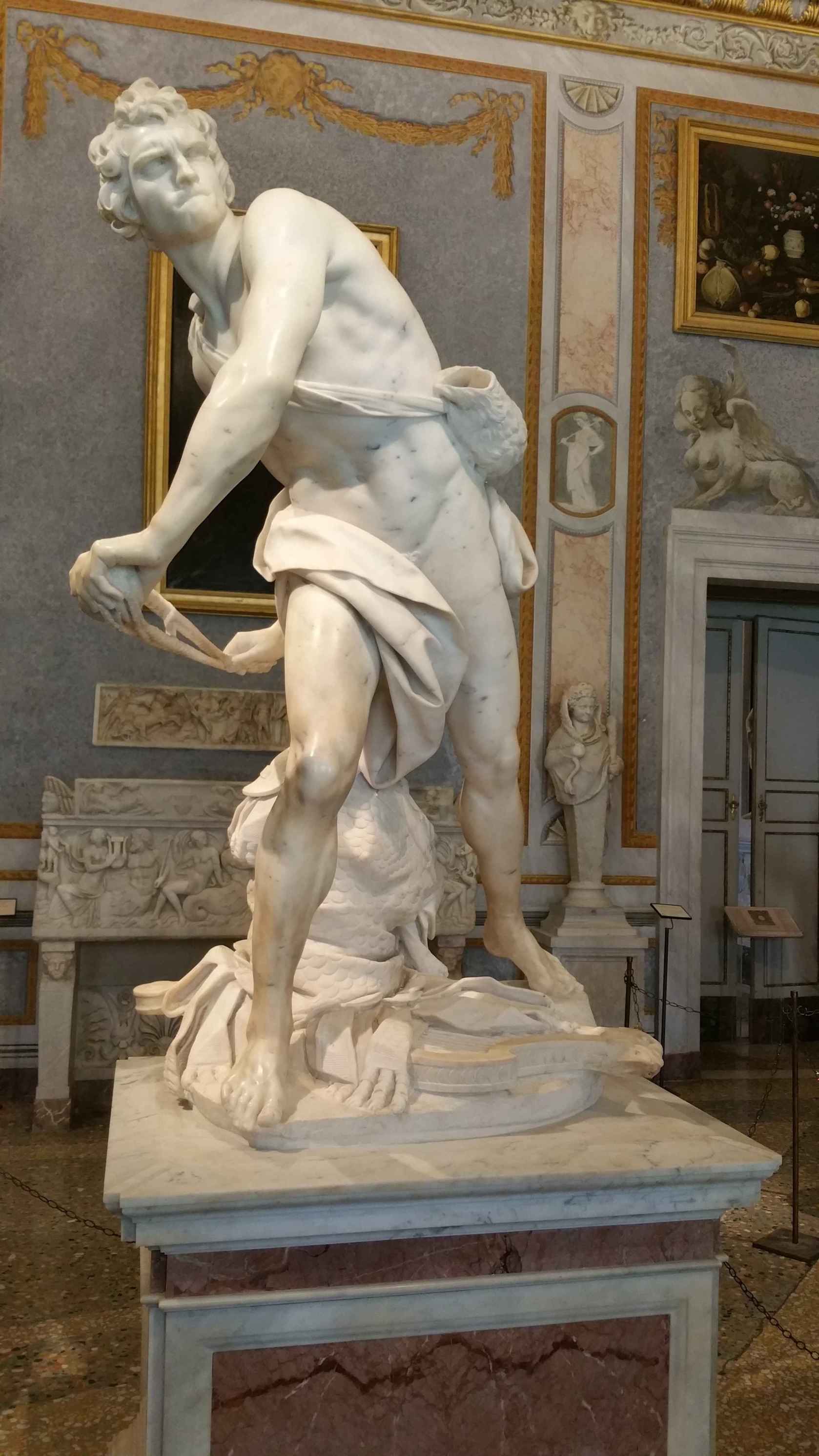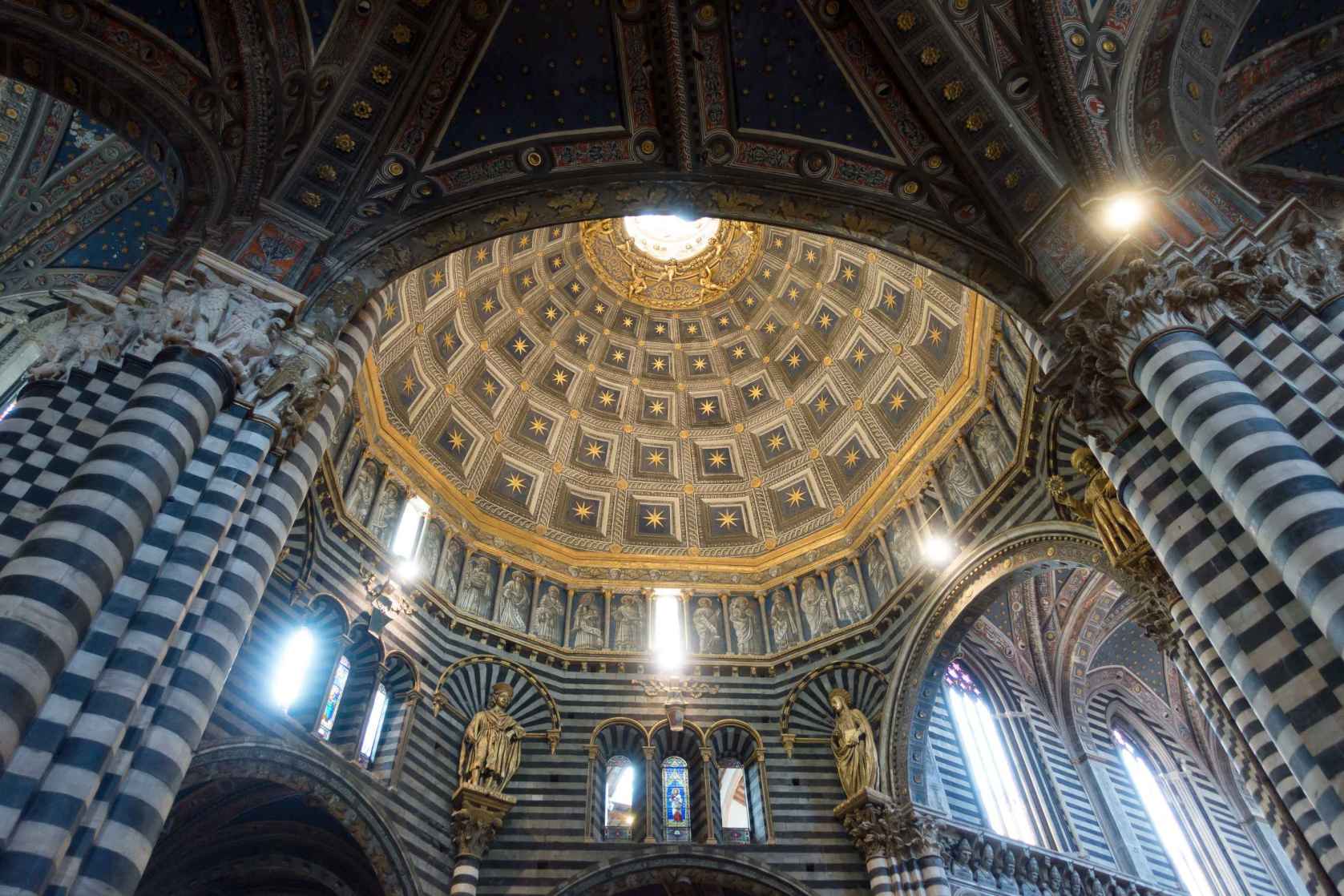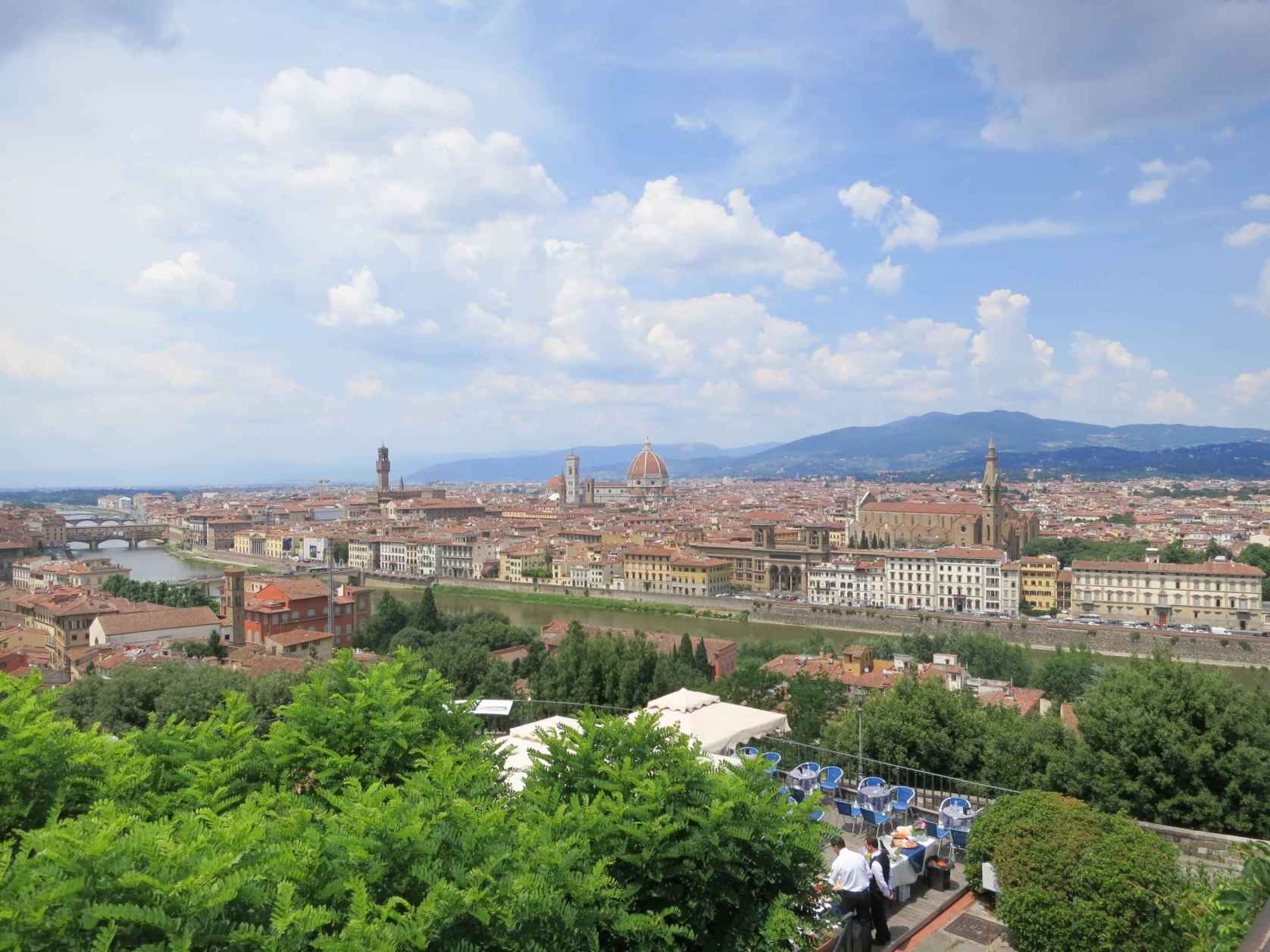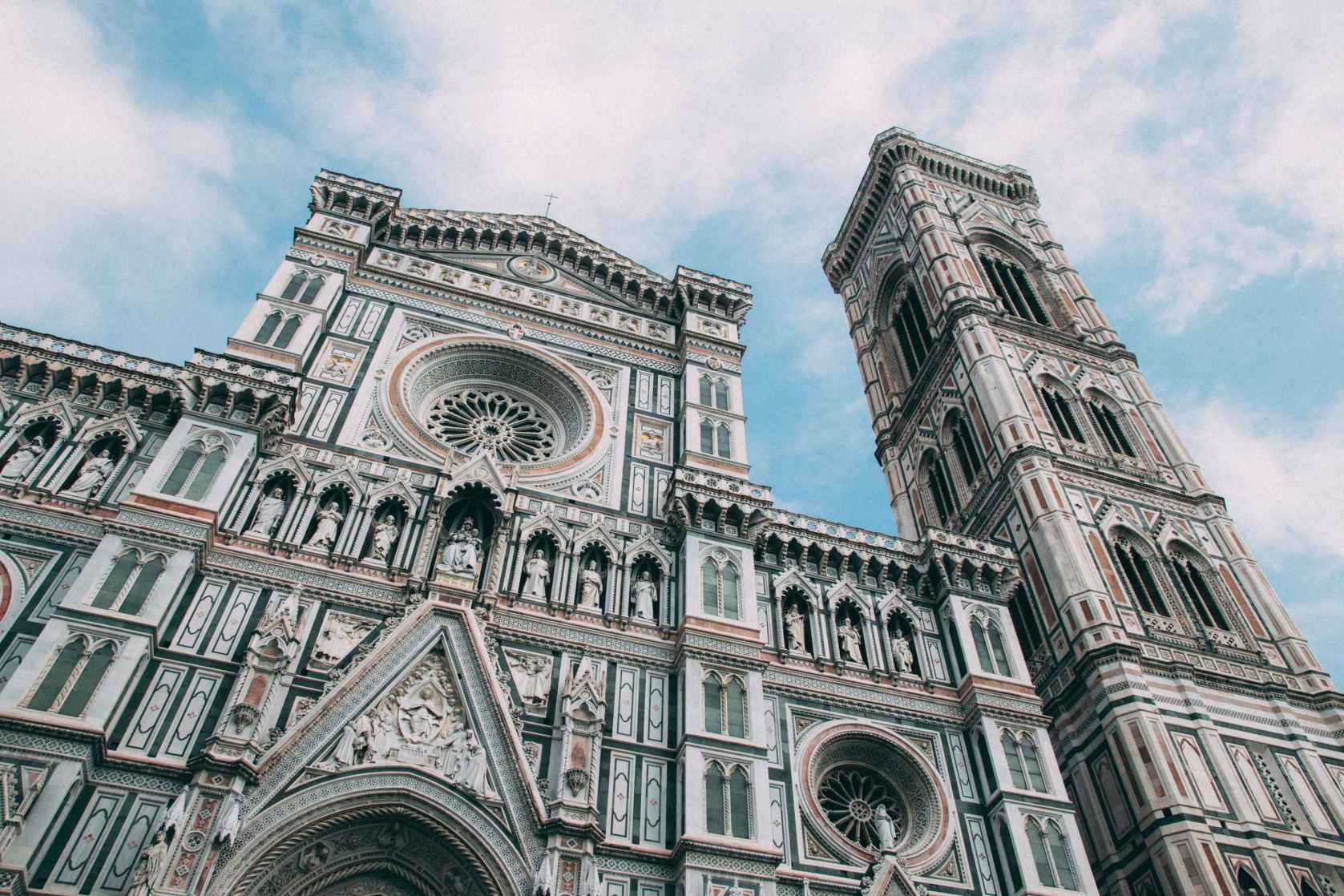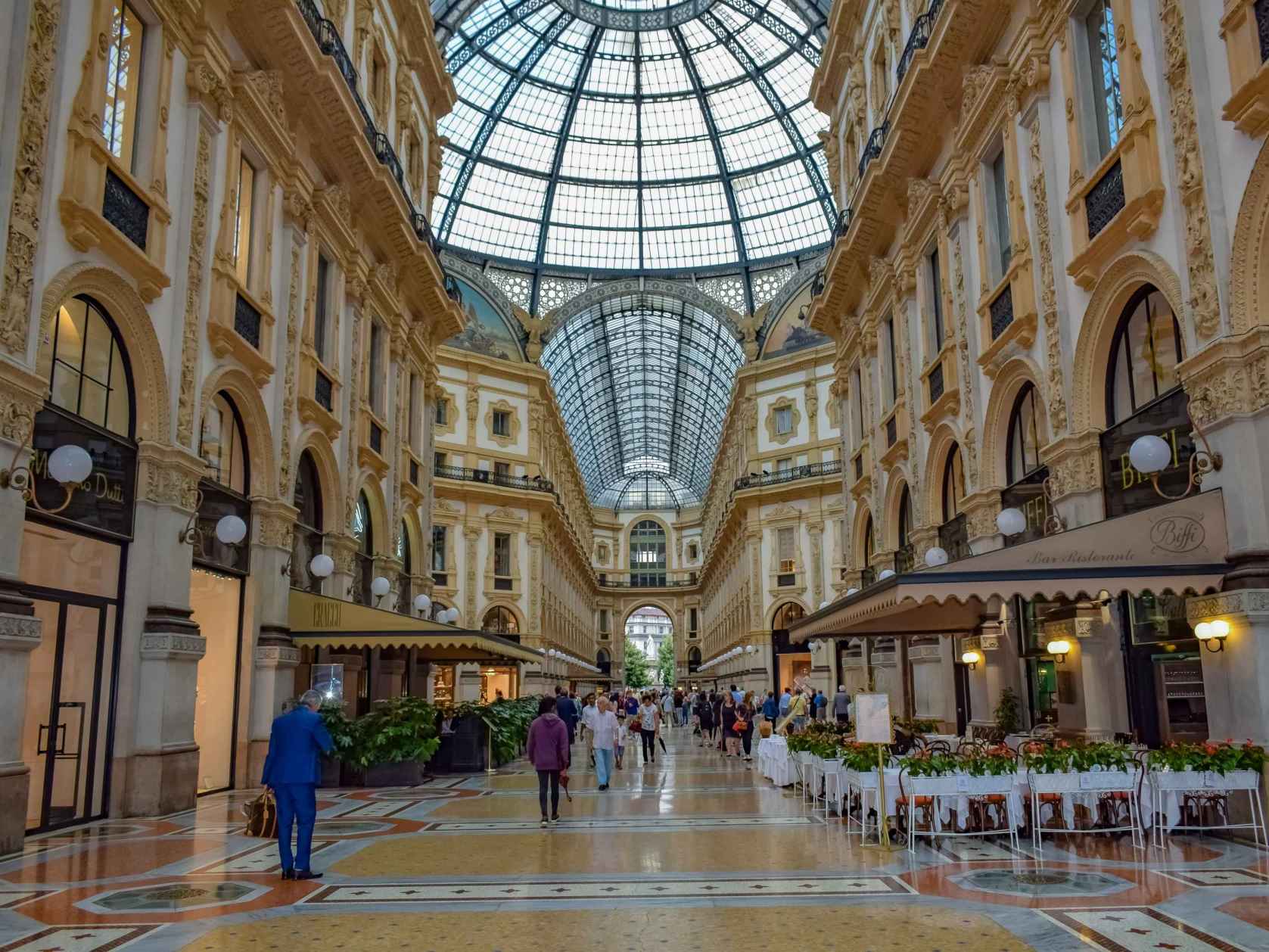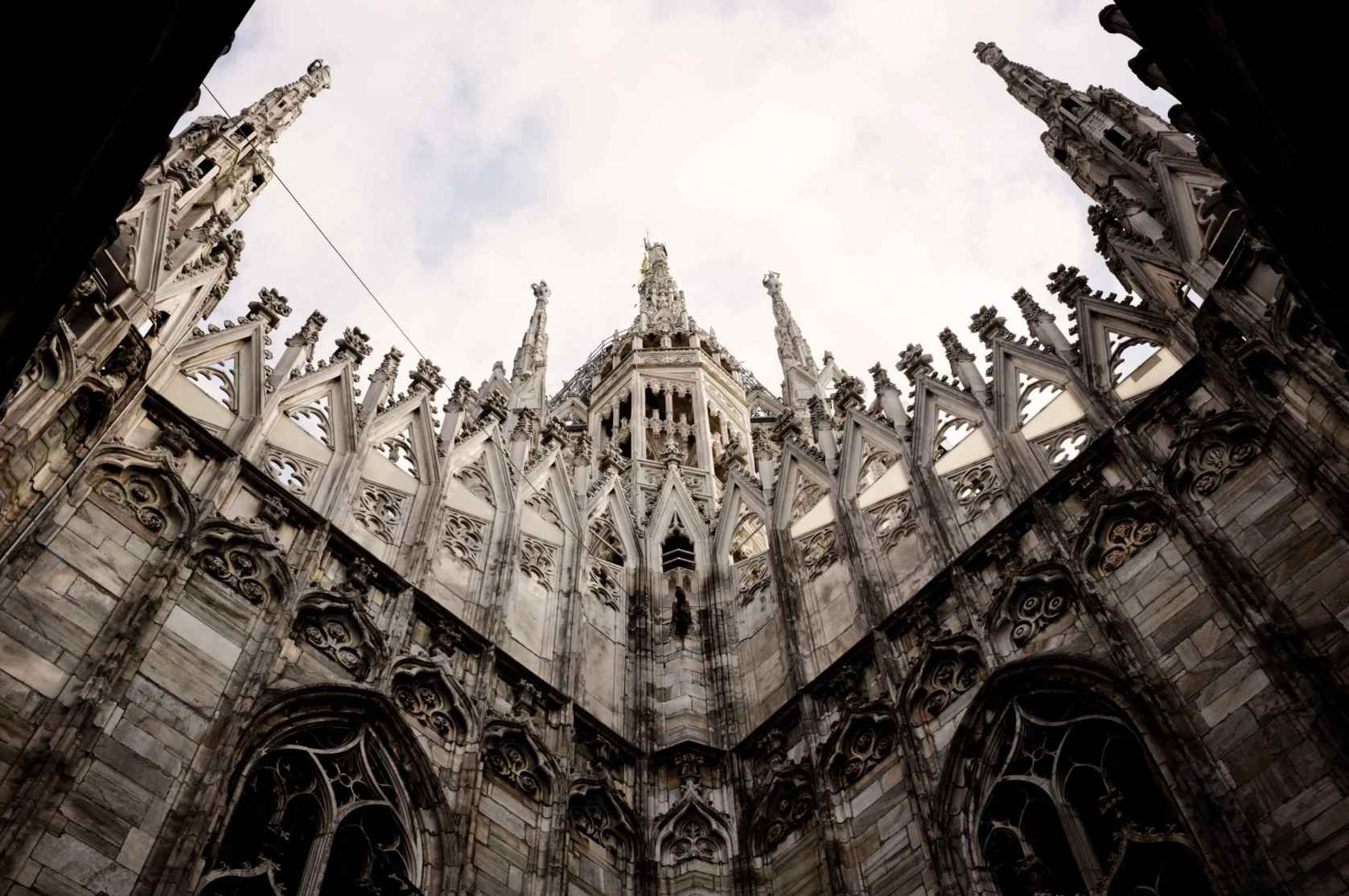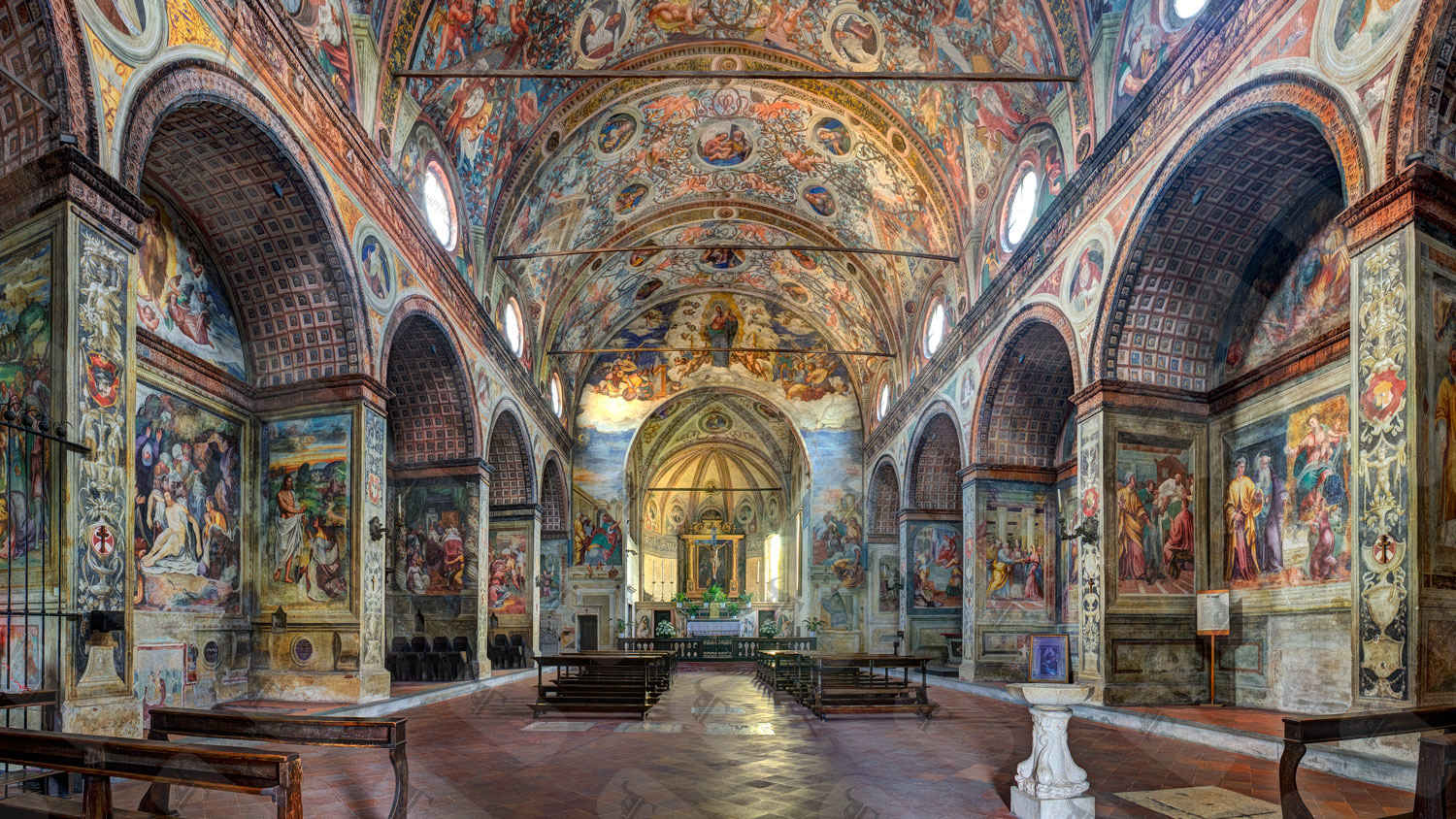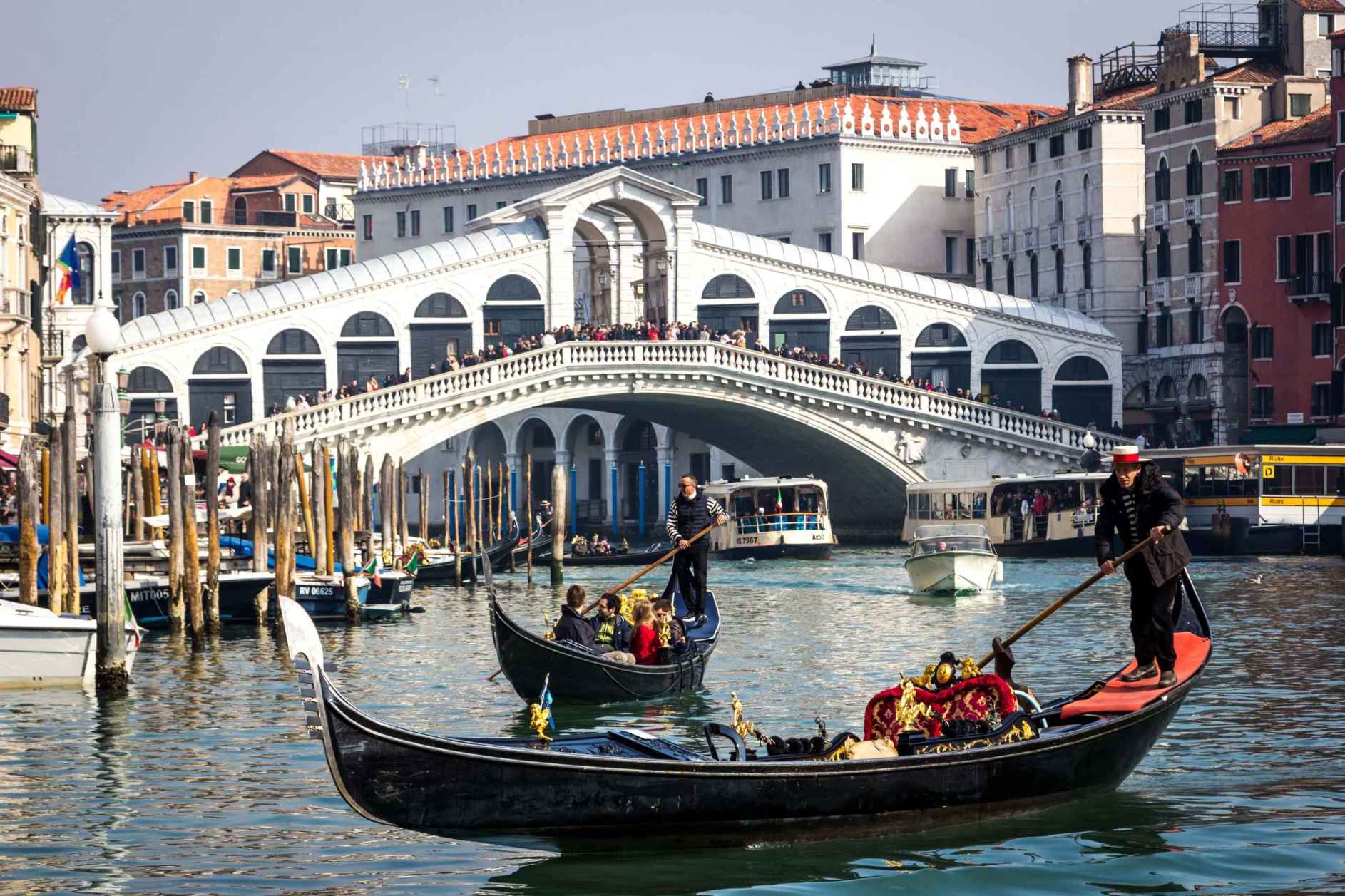Day 1 Rome :
Piazza di Spagna and the Spanish Steps
The Piazza di Spagna is one of Rome’s most renowned squares. It is found in one of the most popular neighbourhoods in Rome near the high streets Via dei Condotti, a narrow street with flagship stores of all the luxury brands you could name. Sitting on the Spanish Steps eating ice-cream, enjoying the view of The Fontana della Barcaccia (Fountain of the ugly boat), could be a good way to relax. For a cup of coffee, go to the nearby Antico Caffe Greco, a historic landmark cafe which opened in 1760.
Fontana di Trevi
The most beautiful fountain in Rome, measuring some 20 meters in width by 26 meters in height, Trevi Fountain is also the largest fountain in the city. The name of Trevi derives from Tre Vie (three ways), since the fountain was the meeting point of three streets.
There is a myth of the Trevi Fountain, originating in 1954 with the movie “Three Coins in the Fountain” goes like this:
- If you throw one coin, you will return to Rome
- If you throw two coins, you will fall in love with an attractive Italian
- If you throw three coins, you will marry the person that you met
In order to achieve the desired effect, you should throw the coin with your right hand over your left shoulder.
Day 2 Rome :
Colosseo
One of the most recognizable sites in the world, the Colosseum attracts over 4 million tourists per year. The 2000-year-old structure which was used for gladiatorial combat as well as public spectacles, remains the largest amphitheater ever built. It is also referred to as the Flavian Amphitheater because it was built during the Flavian dynasty in 72-80 AD.
Foro di Traiano
This is the most magnificent and spectacular of the Imperial Forums in Rome, the last in chronological order. The complex of the Forum, inaugurated in 112 AD, was a celebration of the triumph of the Emperor Trajan over the Daci barbarians, people who lived in the regions of present day Romania.
Piazza Venezia
Located at the heart of Rome, Piazza Venezia is a large hub and thoroughfare built during the 19th and 20th centuries, along with the enormous Altare della Patria or Monument, dedicated to honor Vittorio Emanuele II, who was the first king to serve under a unified Italy in 1861 and is known as the “Father of the Fatherland”. Via del Corso and Via dei Fori Imperiali are two important streets that intersect in Piazza Venezia.
Day 3 Vatican :
Vatican Museum
Among the largest museum complexes in existence, the Vatican Museums contain some of the most significant classical sculptures and Renaissance works of art in the world. The museums contain around 70,000 works of art that were collected by Popes throughout the centuries. They are most famous for Michelangelo’s Sistine Chapel, the Raphael Rooms and the Map Room.
Basilica di San Pietro
Built in the 16th century, Basilica di San Pietro is one of the largest Catholic church in the world, it is considered the most sacred place of the Catholic church. The church is also one of the greatest examples of Renaissance architecture. It contains the burial site of Saint Peter, one of the 12 Apostles of Jesus Christ and the first Pope. St. Peter’s Basilica is best known for its enormous dome designed by Michelangelo. The Pope will hold several ceremonies here every year, with about 15,000 to 80,000 people participating each time.
Museo e Galleria Borghese
The museum was originally the villa of Cardinal Scipione Borghese, the sponsor of Bernini and a famous collector. There are a large collection of Bernini’s works in the museum, the most significant of which are Apollo and Daphne, The Rape of Proserpina and David.
Day 4 Siena :
Piazza del Campo
It is the heart of Siena, the fulcrum of its historic center and one of the most beautiful squares in the world. The square got its name from its former life as a green space that hosted the town’s market, and today acts as its prime activity hub and open-air arena where twice a year the famous Palio takes place. On July 2 and August 16, the quiet stone-paved square is covered with a layer of earth, made up of sand and gravel, and the horses of different districts face off.
Duomo di Siena
If it is fully built, it may be the largest church in the world. Unfortunately, the building was terminated. The unfinished part was transformed into a museum where people can go on top of the museum to enjoy the panoramic view of the mountains of Tuscany.
Day 5 Florence :
Pantheon
The best preserved ancient structure in the city, the Pantheon was originally a Roman temple dedicated to the pagan gods: the word “Pantheon” in fact means “Honor all Gods”. The exact age of the Pantheon is unknown but it is believed to be nearly 2000 years old, impressive for withstanding the test of time. It has been used as a church since the 7th century.
Piazzale Michelangelo
It was built on the hills located south of the Florence’s historic center. Michelangelo’s David was taken to the square with the help of nine pairs of oxen in 1873, occupies a privileged position. It is the best place to watch the sunset.
Day 6 Florence :
Uffizi Gallery
This gallery is considered the most important Italian museum and one of the most beautiful art collections in the world. It is home to masterpieces by some of the greatest artists of all time, including Botticelli, Leonardo da Vinci, Michelangelo, and Raphael, among others.
Cattedrale di Santa Maria del Fiore
This church is the symbol of Florence, also the tallest building in Florence and the fourth largest Catholic church in the world. It is the representative building in the early Renaissance. The dome designed by the local architect Filippo Brunelleschi is also considered a miracle in the history of architecture. You can go up the dome through a narrow walkway and see the entire city of Florence.
Day 7 Milan :
Galleria Vittorio Emanuele II
This is not your typical shopping mall - it’s one of the world’s oldest and consists of a four-story double arcade with a glass-vaulted roof. It is a shopping heaven in Milan with boutiques, cafes, restaurants and bookstores, also luxury brands such as LV, Versace, Prada, Gucci and Armani.
Duomo di Milano
The Milan Cathedral is a spectacle to behold. Dedicated to Saint Mary, the gothic style church is the largest in Italy and took almost six centuries to complete. It is located in the center of Milan, with the city’s streets surrounding it. Marvel at the structure’s exterior, with its stunning white facade and beautifully sculpted statues and spires. The cathedral has more sculptures than any other building in the world - 3159 in total. After taking in the outside, explore the interior and then head up to the roof for an up-close experience among the ornate spires.
Santa Maria delle Grazie
Take some time to study one of the world’s most scrutinized paintings, ‘The Last Supper’ by Leonardo da Vinci. The work was completed around 1499. In it, Leonardo portrays the reactions of the 12 apostles when Jesus says one of them would betray him.
Day 8 Venice :
Piazza San Marco
This is the most famous square in Venice and also the most touristic. It’s often packed like rush hour in the subway. Anyone who’s been in Venice long enough would only suggest coming here at night, after dinner perhaps, when the crowds have thinned and the quartets are still playing. Have a stroll through and listen to the undeniably lovely music, as night falls over the beautiful buildings of the square.
Ponte Rialto
There are more than 400 bridges in Venice, the most famous one is the Rialto Bridge, also known as the commercial bridge. It is made of white marble. The Rialto Bridge was built in 1180 and was originally a wooden bridge, which was later changed. There is a pavilion on the bridge with more than 20 shops selling jewellery and souvenirs.
Burano
It is an island about 7km from Venice, known for its brightly coloured houses. It is regarded as one of the most colourful places in the world by many magazines. It is recommended to watch the sunset on the island in the evening.
www.rome.net/trevi-fountain
www.visionpubl.com/en/cities/rome/trajans-forum-markets/
theculturetrip.com/europe/italy/articles/20-must-visit-attractions-in-rome/
www.visittuscany.com/en/attractions/piazza-del-campo/
www.florence-museum.com/piazzale-michelangelo.php
theculturetrip.com/europe/italy
